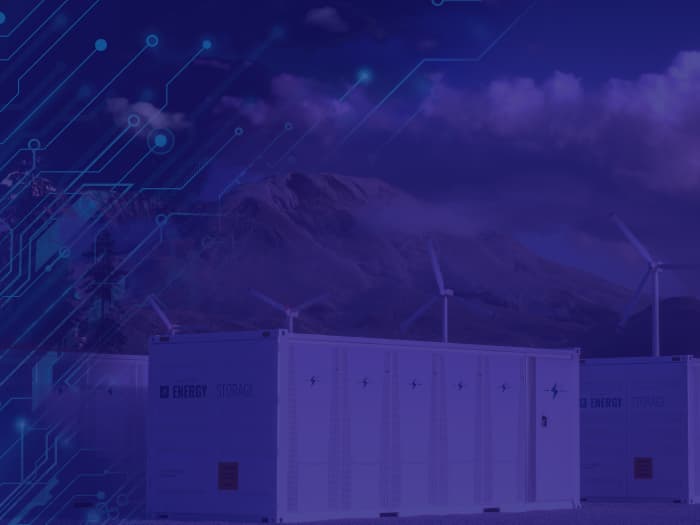How PJM can reform interconnection to speed up battery storage, avoid shortfall

A new report shows how the largest electric grid operator in the United States is preventing solutions to a potential electricity shortage.
With a service territory that spans 13 states and Washington, D.C., PJM Interconnection (PJM) risks a shortfall of electricity within the next six years yet continues to apply processes that discourage the deployment of battery energy storage systems (BESS), according to a Gabel Associates Inc. report commissioned by the American Council on Renewable Energy (ACORE) in partnership with the American Clean Power Association (ACP) and the Solar Energy Industries Association (SEIA).
The paper outlines how PJM has prevented storage technologies from using a tool to expedite connection to the grid, Surplus Interconnection Service (SIS), which has been endorsed by the Federal Energy Regulatory Commission (FERC) and successfully used by other grid operators.
“Electricity demand in the Mid-Atlantic region is rapidly rising, but the good news is that there is a large amount of clean energy waiting to come online to maintain the grid’s reliability,” said ACORE president and CEO Ray Long. “SIS is an important tool for efficiently accelerating the deployment of new resources, especially battery storage that will provide much-needed capacity for the region.”
“ReSISting a Resource Shortfall: Fixing PJM’s Surplus Interconnection Service (SIS) to Enable Battery Storage” offers concrete recommendations PJM can immediately take to ensure the timely development of storage in the Mid-Atlantic region, including:
- Eliminate the current prohibition of SIS participation by grid-charging BESS resources.
- Harmonize BESS and pumped hydro storage modeling assumptions.
- Adopt FERC’s standard allowing SIS if resources do not trigger the need for new network upgrades.
“The need to accelerate the deployment of high-capacity value resources like battery storage is acute as the rapid pace of load growth and legacy generation resource retirements challenge resource adequacy in PJM,” said Mike Borgatti, senior VP, Gabel Associates. “Surplus Interconnection Service provides an important opportunity to maximize the potential for our existing transmission grid to accommodate new resources.”
SIS provides a simpler, expedited study process that occurs outside the conventional interconnection queue, allowing new generators that do not trigger transmission system upgrades to use an existing generator’s unused interconnection capability.
“Timely deployment of new resources is necessary to meet rapidly rising energy demand and prevent impending electricity shortages,” said Noah Roberts, VP of energy storage at ACP. “Energy storage has already proven its ability to efficiently provide substantial new capacity in other regions across the country, stabilizing the grid and reducing costs. PJM can use several vetted and FERC-endorsed tools, including SIS, to expedite energy storage deployment and boost reliability and affordability across the region.”
FERC has emphasized the importance of SIS, encouraging the use of existing interconnection facilities. Moreover, it has stated that SIS must be made available even if the surplus interconnection customer does not have the same electrical characteristics as the original interconnection customer, if the differences don’t require new network upgrades to maintain reliability.
“To avoid a capacity shortfall in the PJM region, we need to use every tool we have to quickly and efficiently add clean energy resources to the grid,” said Melissa Alfano, senior director of energy markets and counsel at SEIA. “This report shows that we have an opportunity to fast-track interconnection approvals for additional generation and that PJM has the authority to grant these requests. Solar developers are eager to meet this growing demand for electricity, but PJM continues to ignore the dispatchable clean energy at its fingertips.”
To download a copy of the report, click here.





Comments are closed here.